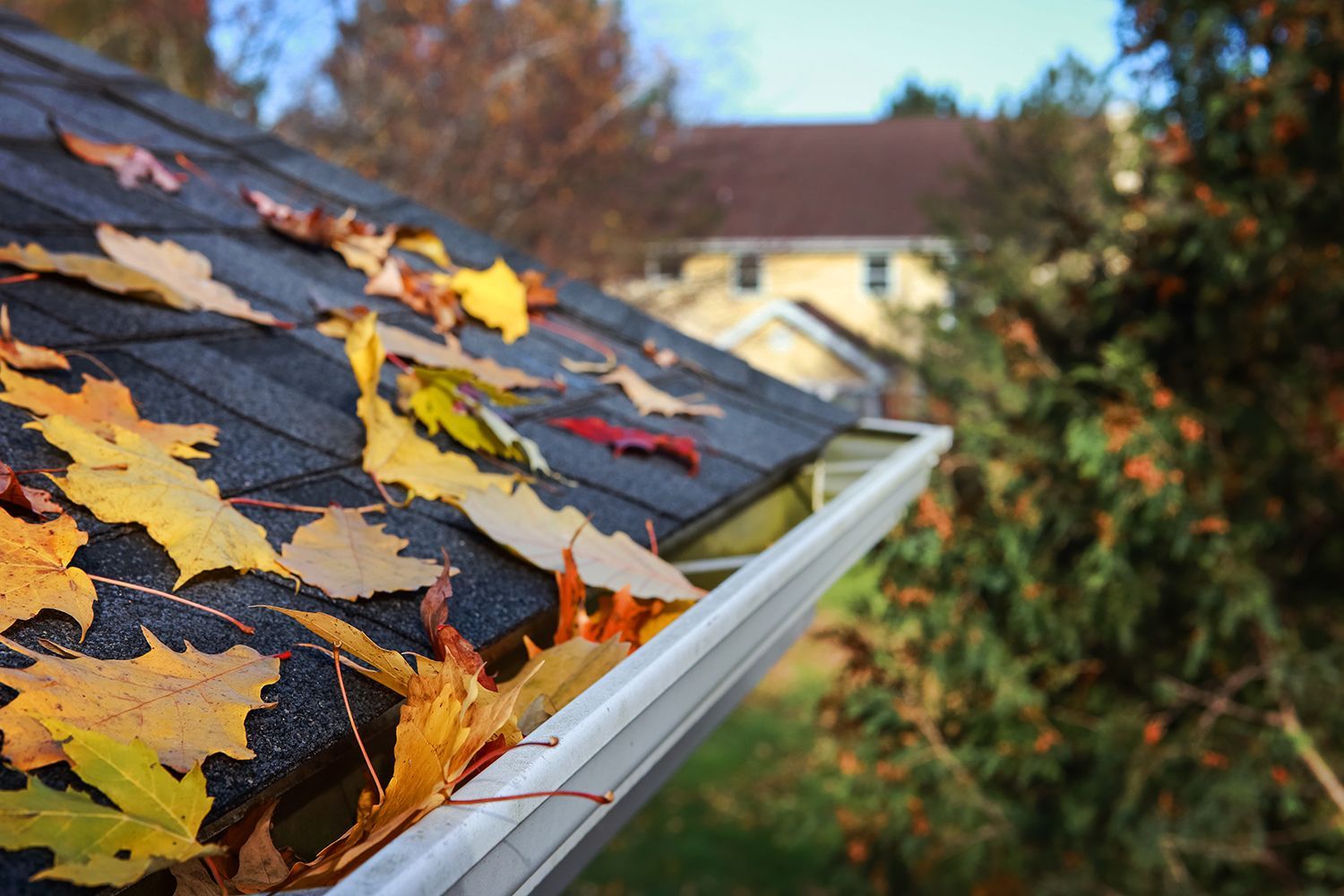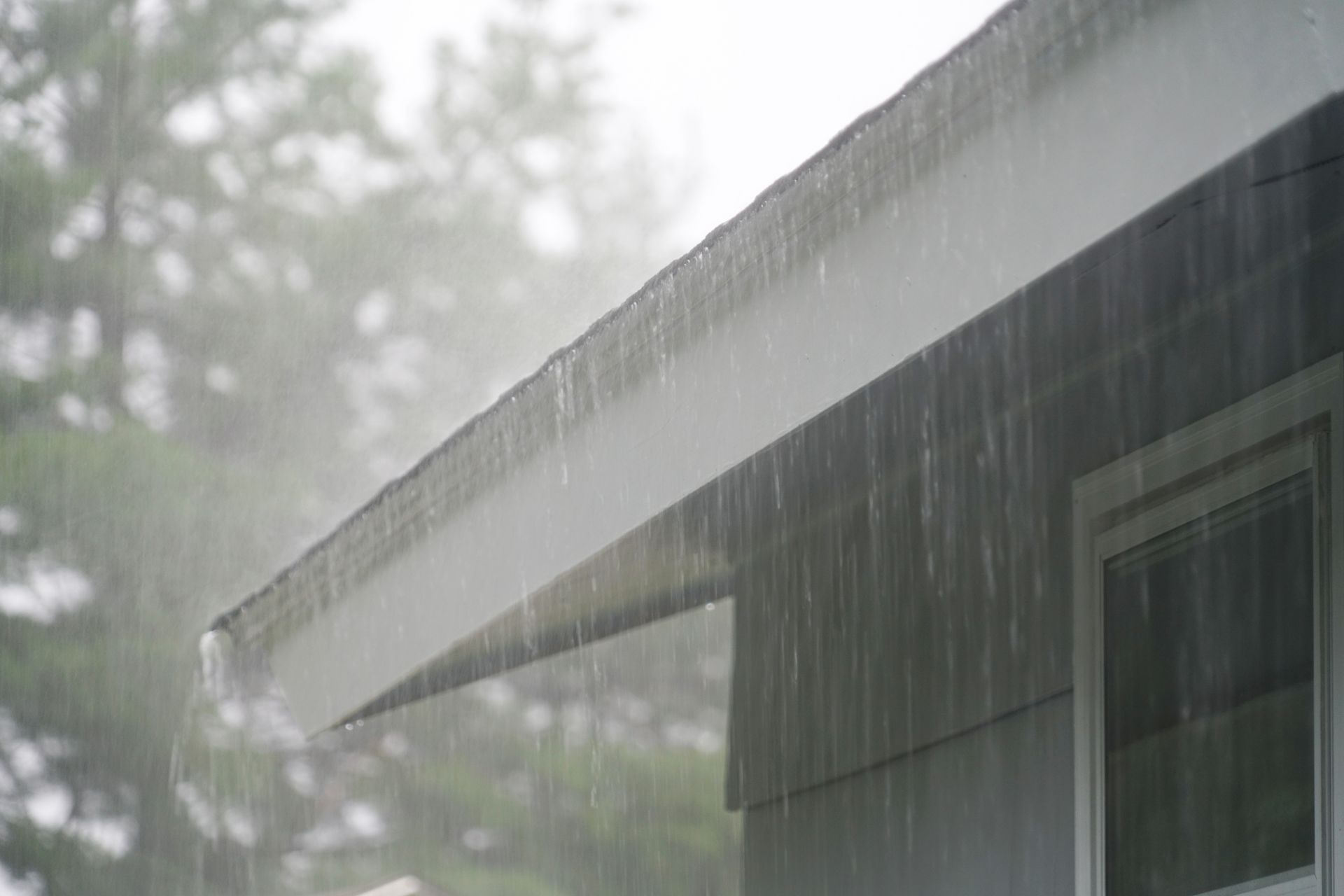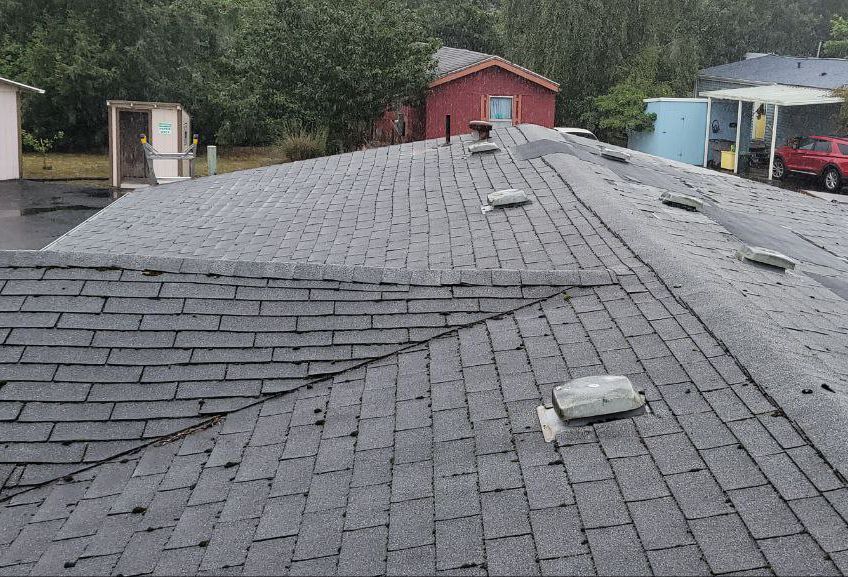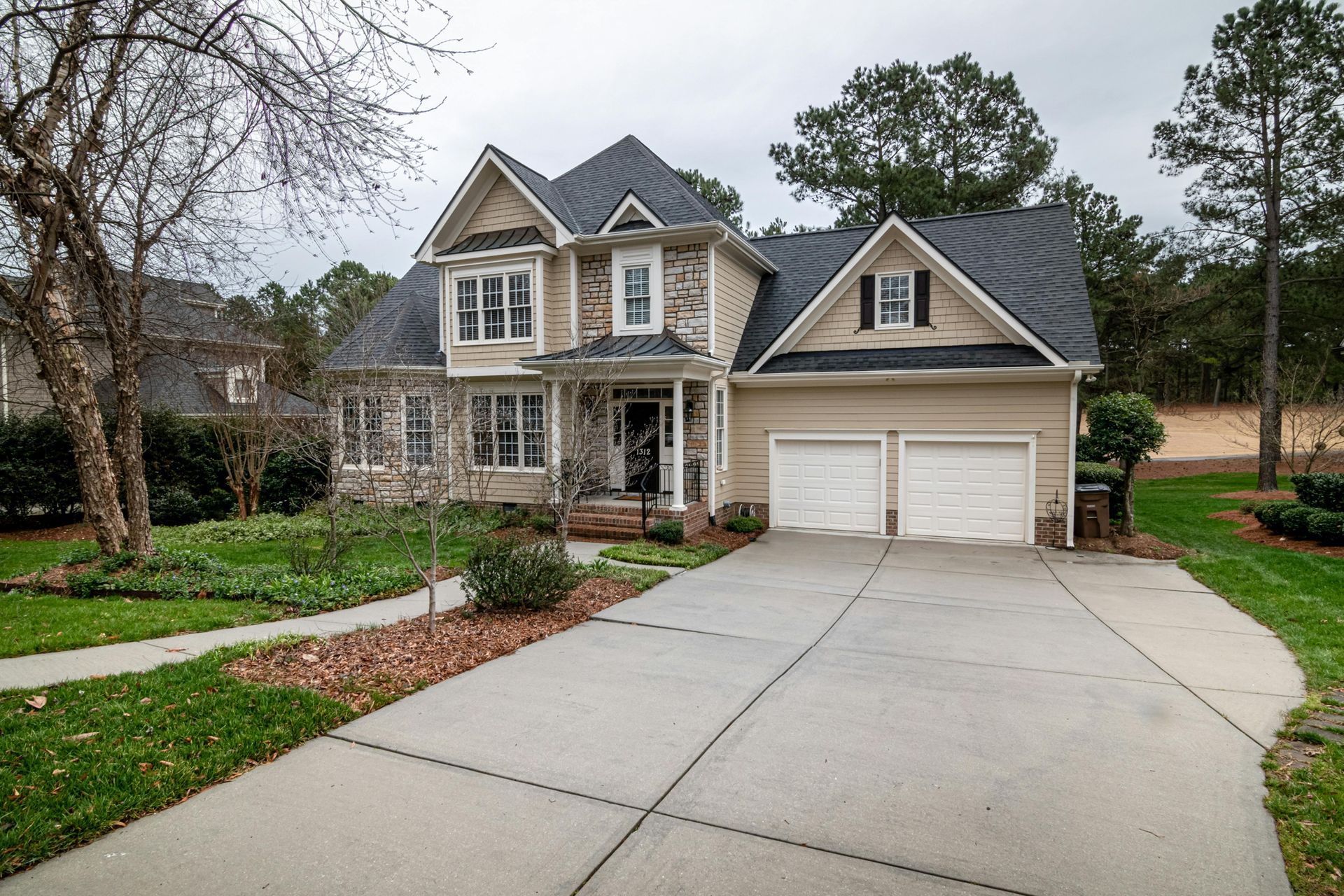7 Roofing Terms You Need to Know Before You Get an Estimate
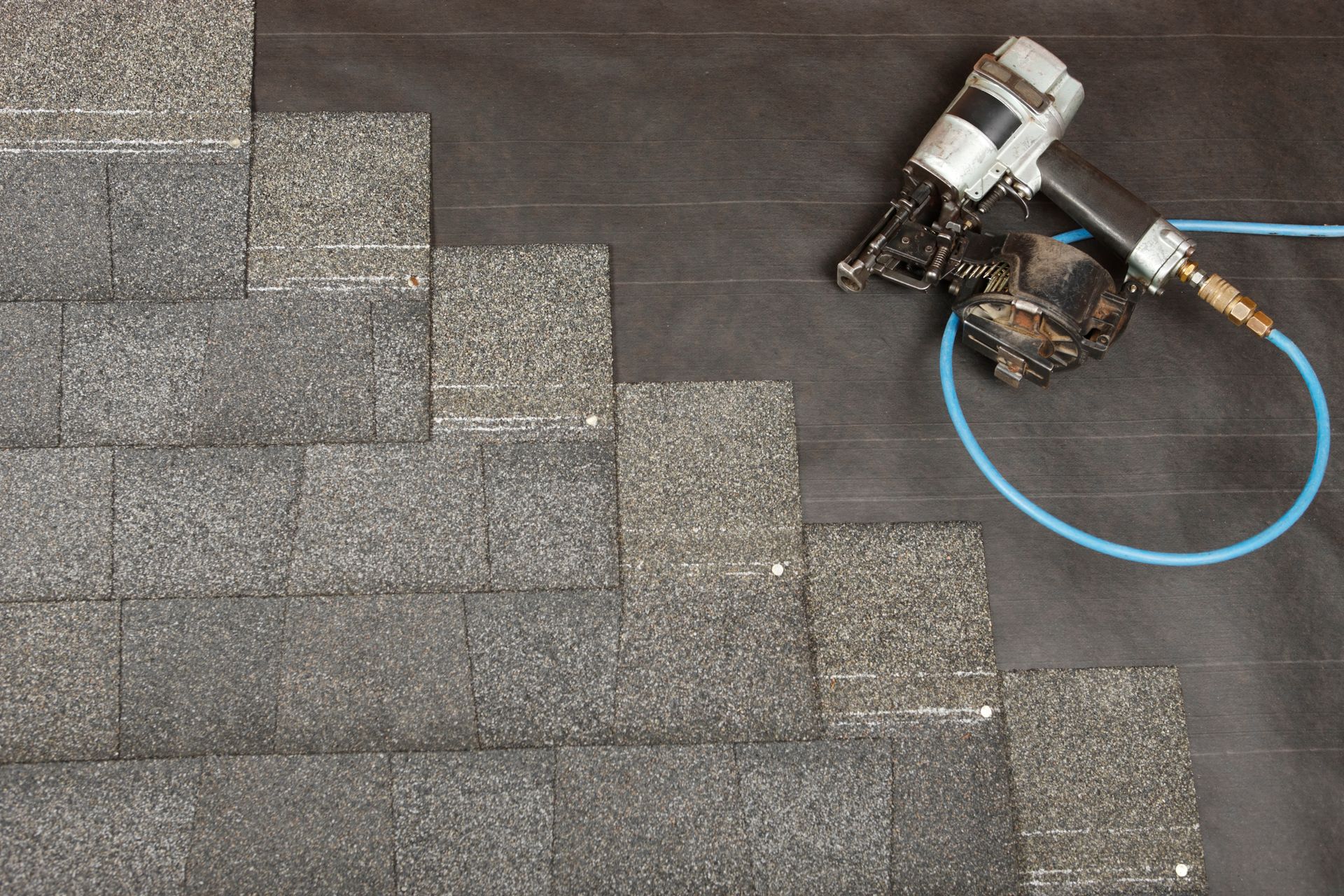
If you’re a homeowner considering a roof repair or replacement, you’ll inevitably run into a storm of roofing jargon, leaving you more confused and lost than you were before.
Understanding a few key terms might not fix your roof, but it goes a long way in communicating more confidently with contractors and spotting potential issues. Here are five essential roofing terms every homeowner should know, and why they matter.
1. Gutter (Rain Gutter)
Definition and function:
Gutters, or rain gutters, are the troughs attached along the eaves (lower edges) of a roof; they capture and channel rainwater away from the house, directing it to downspouts and away from the foundation.
Why it matters:
Without effective gutters, water runs off the roof uncontrolled, potentially damaging siding, landscaping, foundation, and the roof edges themselves. Clogged or damaged gutters are a common precursor to water intrusion issues.
2. Shingles
Definition and function:
Shingles are the overlapping, flat roofing elements (often rectangular) that form the outermost layer of most residential roofs. To put it simply, they are those little rectangles that create the iconic “roof look.” They protect the roof deck and underlying layers from water, wind, and UV exposure.
Why it matters:
Different types of shingles have different lifespans, wind resistances, and can even help fight algae on your roof. If you see granules in your gutters, missing tabs, or the edges of your shingles curling, those are warning signs that your shingles might be aging or failing.
3. Valley (Roof Valley)
Definition and function:
A valley is the internal angle formed where two sloping roof planes meet. As one of the primary channels for roof drainage, it concentrates water flow.
Why it matters:
Because so much water flows through valleys, they are especially vulnerable to leaks, corrosion, and debris accumulation. This is where underlayment and flashing can be vital.
4. Flashing
Definition and function:
Flashing refers to thin, waterproof metal (or flexible) pieces installed at junctions or transitions in the roof (such as chimneys, valleys, walls, and vents) to direct water away from vulnerable seams.
Why it matters:
Poorly installed or damaged flashing is a leading cause of leaks, especially around chimneys or wall intersections. Even if your shingles are in good shape, failed flashing can let water in.
5. Underlayment
Definition and function:
Underlayment is a water-resistant or waterproof barrier installed over the roof deck and beneath the top layer of your roof, such as shingles or tile. It acts as a second line of defense if water penetrates the outer layer.
Why it matters:
In heavy rain or wind-driven storms, water can work its way under shingles. Underlayment helps protect the deck and interior of your home from leaks, mold, and rot. It also provides protection when the roof deck is briefly exposed during construction.
6. Roof Deck (aka Sheathing)
Definition and function:
The roof deck, also called sheathing, is the underlying barrier to which various roofing components attach. They help waterproof your roof and are typically made of plywood or oriented strand board (OSB).
Why it matters:
If the roof deck is warped, rotting, or has water damage, it must be repaired or replaced before installing new roofing materials. If not addressed, even new shingles won’t solve the underlying structural problem.
7. Ridge and Ridge Vent
Definition and function:
The ridge is the peak line along which two sloped roof planes meet. A “ridge vent” is a ventilation system installed along this peak designed to let warm, moist air escape from the attic.
Why it matters:
Proper attic ventilation helps regulate temperature, minimize moisture buildup, and reduce the risk of ice dams or mold in cold and wet climates. A ridge vent helps exhaust hot and humid air that rises to the top of your roof structure.
Swift Exteriors: Quality Roofing Made Easy.
At Swift Exteriors, homeowners deserve to feel confident about every part of their roof. Understanding key roofing terms helps you make informed decisions and ensures that repairs or replacements are done right the first time.
If you’re ready to learn more or need an expert inspection before the rainy season, get a free estimate from Swift Exteriors today. We’re proud to serve you with the professionalism and care your home deserves.
